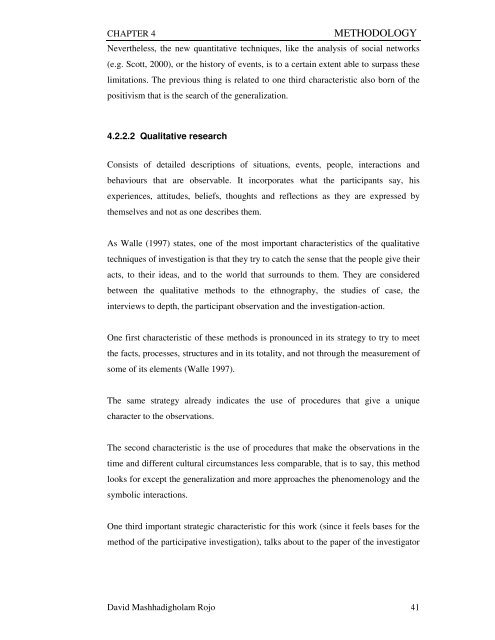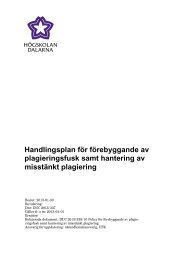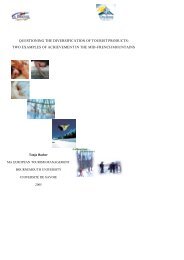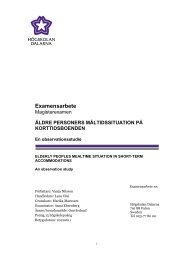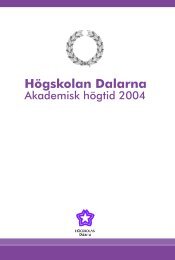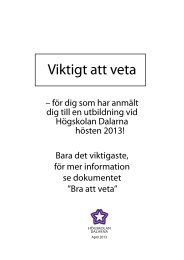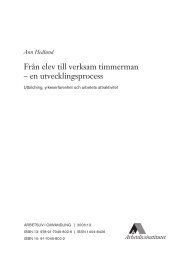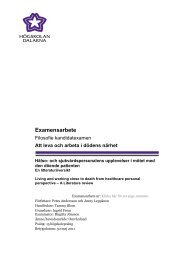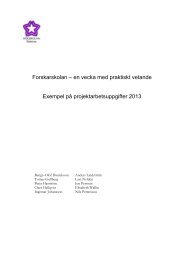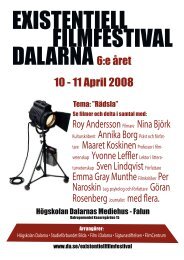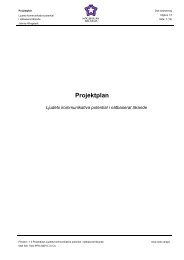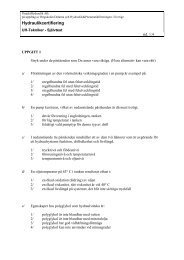Religious Tourism: The Way to Santiago
Religious Tourism: The Way to Santiago
Religious Tourism: The Way to Santiago
You also want an ePaper? Increase the reach of your titles
YUMPU automatically turns print PDFs into web optimized ePapers that Google loves.
CHAPTER 4 METHODOLOGY<br />
Nevertheless, the new quantitative techniques, like the analysis of social networks<br />
(e.g. Scott, 2000), or the his<strong>to</strong>ry of events, is <strong>to</strong> a certain extent able <strong>to</strong> surpass these<br />
limitations. <strong>The</strong> previous thing is related <strong>to</strong> one third characteristic also born of the<br />
positivism that is the search of the generalization.<br />
4.2.2.2 Qualitative research<br />
Consists of detailed descriptions of situations, events, people, interactions and<br />
behaviours that are observable. It incorporates what the participants say, his<br />
experiences, attitudes, beliefs, thoughts and reflections as they are expressed by<br />
themselves and not as one describes them.<br />
As Walle (1997) states, one of the most important characteristics of the qualitative<br />
techniques of investigation is that they try <strong>to</strong> catch the sense that the people give their<br />
acts, <strong>to</strong> their ideas, and <strong>to</strong> the world that surrounds <strong>to</strong> them. <strong>The</strong>y are considered<br />
between the qualitative methods <strong>to</strong> the ethnography, the studies of case, the<br />
interviews <strong>to</strong> depth, the participant observation and the investigation-action.<br />
One first characteristic of these methods is pronounced in its strategy <strong>to</strong> try <strong>to</strong> meet<br />
the facts, processes, structures and in its <strong>to</strong>tality, and not through the measurement of<br />
some of its elements (Walle 1997).<br />
<strong>The</strong> same strategy already indicates the use of procedures that give a unique<br />
character <strong>to</strong> the observations.<br />
<strong>The</strong> second characteristic is the use of procedures that make the observations in the<br />
time and different cultural circumstances less comparable, that is <strong>to</strong> say, this method<br />
looks for except the generalization and more approaches the phenomenology and the<br />
symbolic interactions.<br />
One third important strategic characteristic for this work (since it feels bases for the<br />
method of the participative investigation), talks about <strong>to</strong> the paper of the investiga<strong>to</strong>r<br />
David Mashhadigholam Rojo 41


